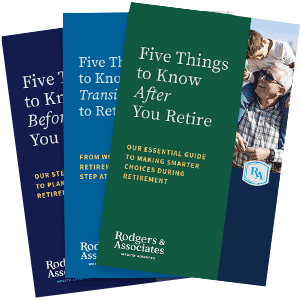I am often asked this question, and the answer is that what separates a premium bond from a discount bond depends entirely on the bond’s par value.
Thankfully, par value is a simple concept.
When a government or corporation issues a new bond, it decides the bond’s par value, which is the dollar amount the bond’s owner will receive when the bond matures.
Here’s another way to think about par value: When you buy a bond, you loan money to the issuer. The par value is the principal, which will be returned to you when the bond matures. Along the way, you’re paid a percentage of the par value as interest (coupon payments).
So, what does par value have to do with premium and discount bonds?
After someone buys a newly issued bond, they can sell it on the secondary market for more—or less—than the bond’s par value. And that sale price separates a “premium” from a “discount” bond.
What is a premium bond?
A premium bond trades above its par value in the secondary market. A bond will trade at a premium when it offers a higher interest rate than the prevailing interest rate for comparable new bonds. Investors are willing to pay more for the premium bond’s higher interest rate.
What is a discount bond?
A discount bond trades for less than its par value in the secondary market. A bond will trade at a discount when its interest rate is lower than prevailing interest rates. Because of this, buyers will pay less than par value for a bond with an interest rate lower than the prevailing rates: The upfront discount makes up for the lower coupon rate.
What makes them different?
Buyers will pay more or less than the par value based on the bond’s interest rate.
An example may help illustrate this dynamic. Let’s say you own an older bond that matures in 10 years from your purchase date, which was five years ago. This bond has a 5% interest rate, and you want to sell it now. When you sell it, your bond will compete on the market with new bonds that mature in five years.
Let’s assume those new bonds have an interest rate of 3%. Buyers will pay more for your bond because it pays more interest, making it a premium bond.
What if your bond only offered a 2% interest rate? Why would anyone want a lower interest rate? They probably wouldn’t—unless you sell your bond for less than par value to compensate for the lower interest rate. That’s a discount bond.
How does Rodgers & Associates use individual bonds in our client’s portfolios?
Our bond traders are accustomed to dealing with premium and discount bonds and the different calculations needed when purchasing bonds on the secondary market.
A five‑year bond ladder adds predictability to the portfolio’s cash flow for retired or soon-to-be-retired clients. Knowing when a bond is coming due and when it pays interest is helpful when planning for larger expenses or rebalancing a portfolio.
Individual bonds carry risks. Corporations and municipalities can run into financial trouble. Any bond portfolio should be reviewed regularly. Monitoring price fluctuations and rating changes can help avoid larger problems down the road.
Originally posted July 2018



